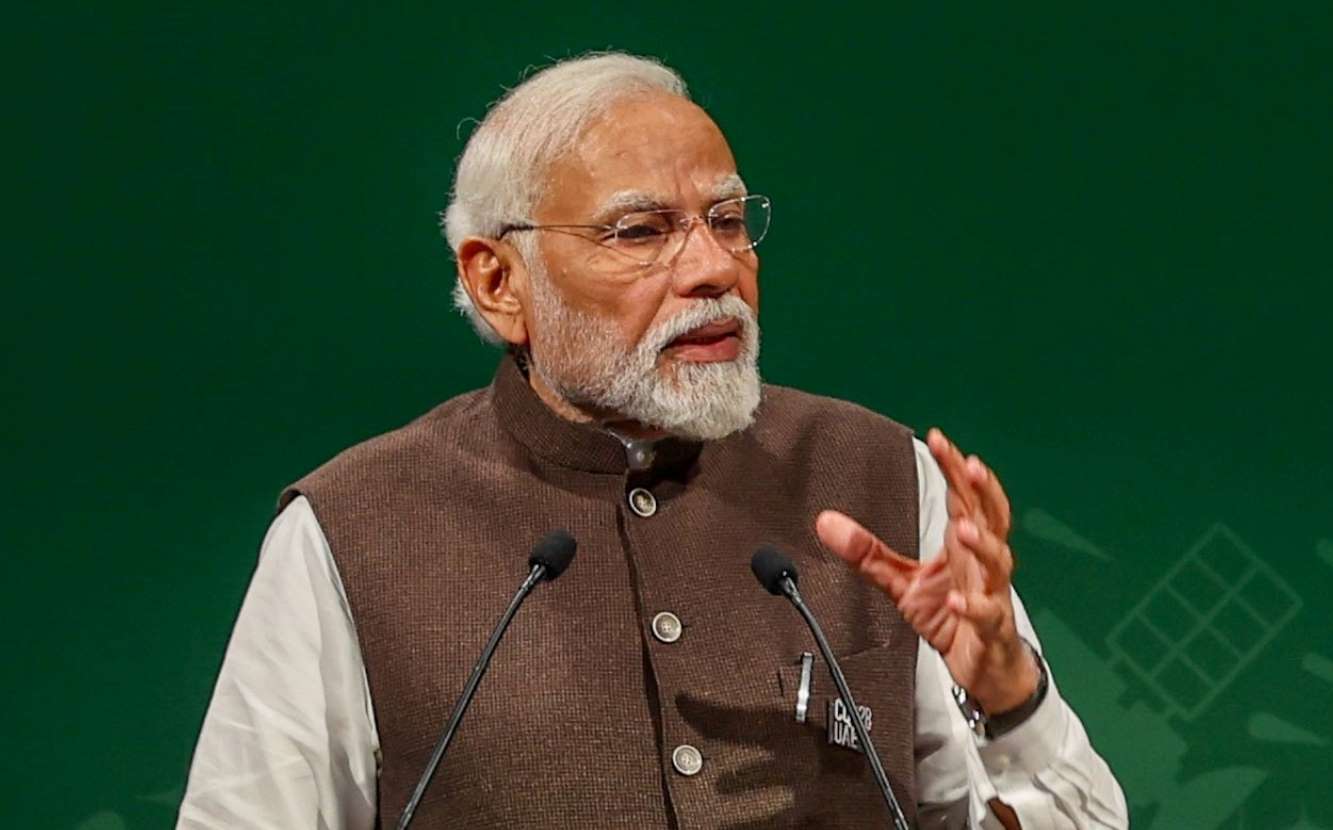

NEW DELHI: During the COP-28 in Dubai, Prime Minister Narendra Modi unveiled the Green Credits initiative that is designed to derive from tangible actions and surpass the commercial nature of carbon credits. The Government of India recently introduced the Green Credits Programme, aiming to establish a market-based incentive for various environmentally positive endeavors, advancing beyond mere carbon emission reductions.
Today, carbon credit trading is already in practice where companies and countries can claim credits for reducing their carbon footprint and trade them for monetary value. Going ahead, the Green Credits regime extends its focus to a broader spectrum of positive environmental impacts. This includes activities such as water conservation, soil improvements, and reforestation on degraded wasteland. Stringent standards for measurement and verification of these actions will be developed.
Initially, private companies are anticipated to purchase green credits as part of their Corporate Social Responsibility (CSR) obligations. The Green Credits programme holds the potential to benefit individuals and communities alike.


Yash Lakhotiya, Managing Director of Climate Notion, which delves into the carbon credit certification system, says that the novel Green Credits program is promising. “What the government has done is that they have brought the compliance market in carbon credits calling it Green Credits. The obligated entities will have to purchase green credits from non-obligated entities.”
Lakhotiya fears that there are chances that the Green Credits end up as an empty-vessel. Until the government is able to push the industry or private sector with penalty or punishment, it won’t succeed.
He mentions that PAT and RECs ideas have failed. “The policies & ideas are good but their proper execution and outcome is most important. Climate change impacts are happening and now for that domestic carbon markets are being developed in India. The potential is tremendous but the challenge is that if there is no political will to penalize the obligated entities for their failures, there will be problems.”
Yash Lakhotiya mentions that the obligated entities didn’t purchase environmental commodities under PAT-REC regimes, that caused over-supplies and the demand was low. Nobody was willing to meet their obligation. He says that both the schemes are now giving way to Green Credits and according to the roadmap shared by the Prime Minister, the old schemes will be written off in 2025-26 and the Green Credits regime will follow.
Speaking on the future impact of the new programme, Lakhotiya holds, “Earlier schemes didn’t have a direct correlation with climate change mitigation. Green Credits is an amalgamation of earlier programs and it avoids any confusion in the market. The new scheme has projects defined which could be undertaken to earn credits.” He says that the projects under Green Credits have no relation with the projects like solar or wind energy that are being executed in the voluntary market. The guidelines are clear cut in the new program.
“I feel that this program will be successful because the present government is decisive in its intent and actions. Corporates are also expected to voluntarily participate in this; they also want to be in the good-books of the government. If there is government willingness to make it a success, then sky will be the limit.”
Prime Minister Modi proposed this concept to the international community at COP28, aiming to establish an international market for green credits similar to the existing one for carbon credits.
Madhukar Swayambhu, innovator-think tank and founder of Vaidic Srijan, was part of the delegation at COP-28 in Dubai. He believes that Green Credit in India will be an economic contributor for the green initiatives of India. “We’ve been leading the world in meeting SDGs and COP commitments, in spite of not compromising on the development goals. We’re proving to the world that economy and ecology can go hand in hand.”
He opines that India is home to 17% of the human population, but also a home to 17% of the global biodiversity, and green credit is a tool to monetize the same. According to him, Green Credits system can help India to emerge as the biggest green economy in the world.
Swayambhu also says that even the international community can adopt the concept for their benefit. “We’re setting up the right example for development in harmony with nature. We’ve pulled over 40 million people from poverty, and still managed to keep our emissions below 4% of the global emissions.” He calls Green Credits as the most unique example in the world.
In a significant move toward advancing green energy and industrial growth in the state, Himachal…
Golabl chemical conglomerate BASF has announced that its now offering the world’s first biomass-balanced polyethersulfone…
In a crucial stint to bolster the biogas sector and sustainable dairying in the country,…
TotalEnergies SE has received approval to proceed with its Middlebrook solar and battery project in…
Andhra Pradesh Chief Minister Chandrababu Naidu has inaugurated the Rs 1,000-crore green hydrogen plant of…
The BITS Pilani has developed an innovative solution for managing landfill leachate, domestic septage, and…
View Comments
Congratulations sir
Dr Malti Goel, President, Climate Change Research Institute, working in capacity building among youth for climate solutions. I came to Dubai on a Climate Leadership invitation. Green Credits is an important commitment. Industry friendly technology solutions contributing to growth and environment protection is a solution.
No doubt, India believes in Climate Action.
Do you mind if I quote a couple of your articles as long as I
provide credit and sources back to your website?
My blog is in the exact same area of interest as yours and my users would really benefit from some
of the information you present here. Please let me know if this ok with you.
Appreciate it!
Here is my web page ... Como entrar para a Major Model
Great initiative by the apex leadership and very enriching, empowering to the society and the nation as well .